How to Plant Amaranth Seeds
How To Plant Amaranth Seeds - A Guide From Seed to Superfood
Amaranth Seeds
If you're interested in growing nutritious and versatile amaranth plants in your garden, knowing how to plant amaranth seeds is crucial. Whether you start your seeds indoors or sow them directly in the soil, amaranth requires a sunny location and well-draining soil to thrive. With proper care, your amaranth plants can provide a bountiful harvest of edible leaves and seeds that can be used in a variety of dishes. This article will explore the steps involved in planting amaranth seeds and provide tips for ensuring a successful harvest.
How To Plant Amaranth Seeds - A Guide From Seed to Superfood
1. When To Start Amaranth Seeds Indoors
2. How To Plant Amaranth Seeds
3. How To Harvest Amaranth Seeds
4. Where To Buy Amaranth Seeds For Planting?
5. Finally,
1. When To Start Amaranth Seeds Indoors
Before starting your amaranth seeds indoors, it's important to determine the length of your growing season. The growing season is the time between the last spring frost and the first fall frost in your area.
You can find your last spring frost date by contacting your local extension service or using an online frost date calculator.
Once you know your last spring frost date, count back 4-6 weeks to determine when to start your amaranth seeds indoors. This will give your seeds enough time to germinate and grow into seedlings before being transplanted outdoors.
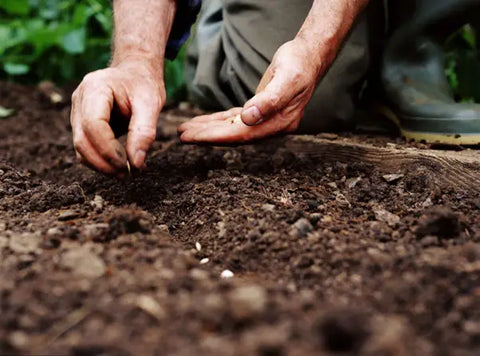
2. How To Plant Amaranth Seeds
Here is a detailed guide for planting amaranth seeds:
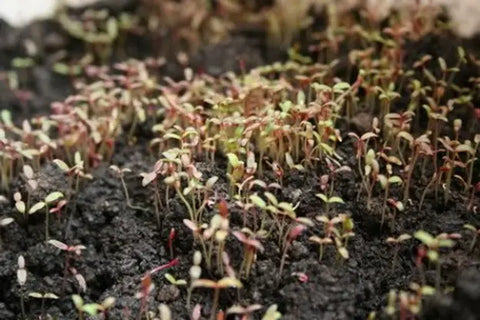
2.1 Choose a planting location
Amaranth grows best in full sun and well-drained soil. Choose a location that receives at least 6-8 hours of sunlight per day and has good drainage. Amaranth can also be grown in containers, which is a good option if you have limited space or poor soil quality.
2.2 Prepare the soil
Before planting, remove any weeds, rocks, or debris from the soil. Loosen the soil to a depth of at least 8 inches with a garden fork or tiller. If your soil is heavy clay, add some organic matter such as compost, aged manure, or peat moss to improve soil structure and drainage.
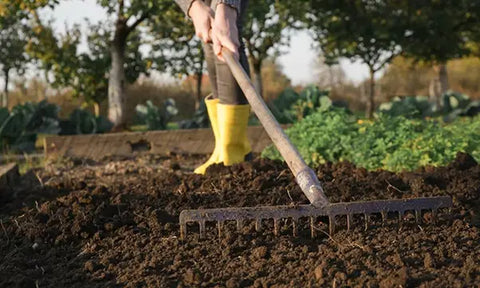
2.3 Sow the seeds
Amaranth seeds can be sown directly in the garden after the last expected frost date, or started indoors 4-6 weeks before the last frost date in your area. If starting seeds indoors, fill seed trays or pots with a good quality seed-starting mix, and then plant the seeds about 1/4 inch deep. Keep the soil moist, but not too wet, and place the trays or pots in a warm, bright location.
If sowing directly in the garden, plant the seeds about 1/4 inch deep and 6-12 inches apart. Lightly cover the seeds with soil and water gently. Keep the soil moist until the seeds germinate, which takes 7-14 days on average.
2.4 Water and fertilize
Amaranth needs regular watering, especially during dry periods. Deeply water once a week, or more frequently if the soil is dry. Avoid getting the leaves wet, as this can encourage the spread of fungal diseases. Amaranth is a light feeder and doesn't need a lot of fertilizer. You can add a balanced fertilizer, such as a 10-10-10, at planting time and again mid-season if needed.
2.5 Care and maintenance
Amaranth is a relatively low-maintenance plant. Pull weeds by hand or with a hoe to keep the area around the plants weed-free. If the plants grow tall and start to lean, stake them to prevent them from falling over. Harvest the leaves and young shoots regularly to encourage bushier growth and prevent the plants from becoming too tall.
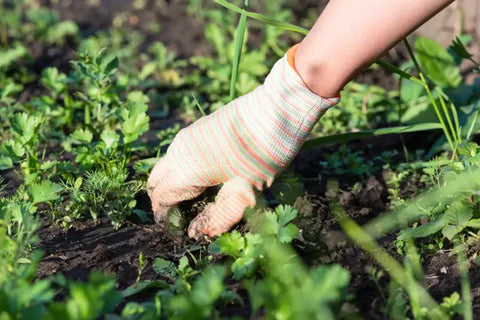
3. How To Harvest Amaranth Seeds
Harvesting amaranth seeds is easy and can be done in just a few simple steps. Here's a guide on how to harvest amaranth seeds:
Wait for the seeds to mature: Amaranth seeds are ready for harvest when the flowers have finished blooming and the seed heads have turned brown and dry. This usually happens about 4-6 weeks after the flowers appear.
Cut the seed heads: Use scissors or pruning shears to cut the entire seed head from the plant, leaving a few inches of stem attached.
Dry the seed heads: Hang the seed heads upside down in a dry, well-ventilated location for a few weeks until they are scorched. Alternatively, you can spread them out on a flat surface and allow them to air dry.
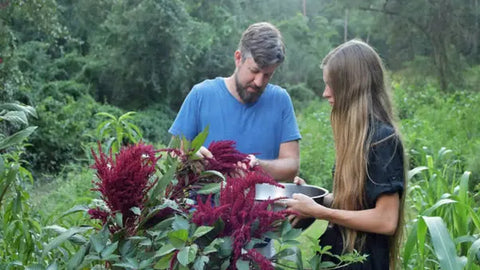
Remove the seeds from the seed heads: Once the seed heads are dry, gently rub them between your hands to loosen the seeds. Alternatively, you can use a clean cloth or paper bag to rub the seed heads and collect the seeds.
Winnow the seeds: To separate the seeds from the chaff (the dried flower parts), you can winnow them. This involves pouring the seeds and chaffs into a large bowl or container and gently blowing on them or using a fan to create a light breeze. The chaff will blow away, leaving only the seeds.
Store the seeds: Once you've separated the seeds from the chaff, store them in an airtight container in a cool, dry location until you're ready to use them. Properly stored amaranth seeds can last up to 3 years.
4. Where To Buy Amaranth Seeds For Planting?
Amaranth seeds are widely available for purchase from various sources, including online retailers, local nurseries, and gardening centers. When searching for amaranth seeds for planting, it is important to select high-quality seeds that are free of disease and pests and have a high germination rate.
One of the providers of high-quality amaranth and other seeds is The Rike. The Rike provides a wide variety of vegetable, herb, and flower seeds. We pride ourselves on offering only the highest quality, non-GMO seeds, and are committed to helping customers grow healthy, productive gardens. All of our premium seeds are carefully selected and tested to ensure that they are of the highest quality and have a high germination rate.
5. Finally,
The process on how to plant amaranth seeds is a straightforward process that can yield a bounty of nutritious and versatile plants for your garden. Whether you start your seeds indoors or sow them directly in the soil, amaranth plants are relatively easy to care for and can be harvested for their edible leaves and seeds. With the right approach, planting amaranth seeds can be a rewarding and enjoyable gardening experience.





Leave a comment